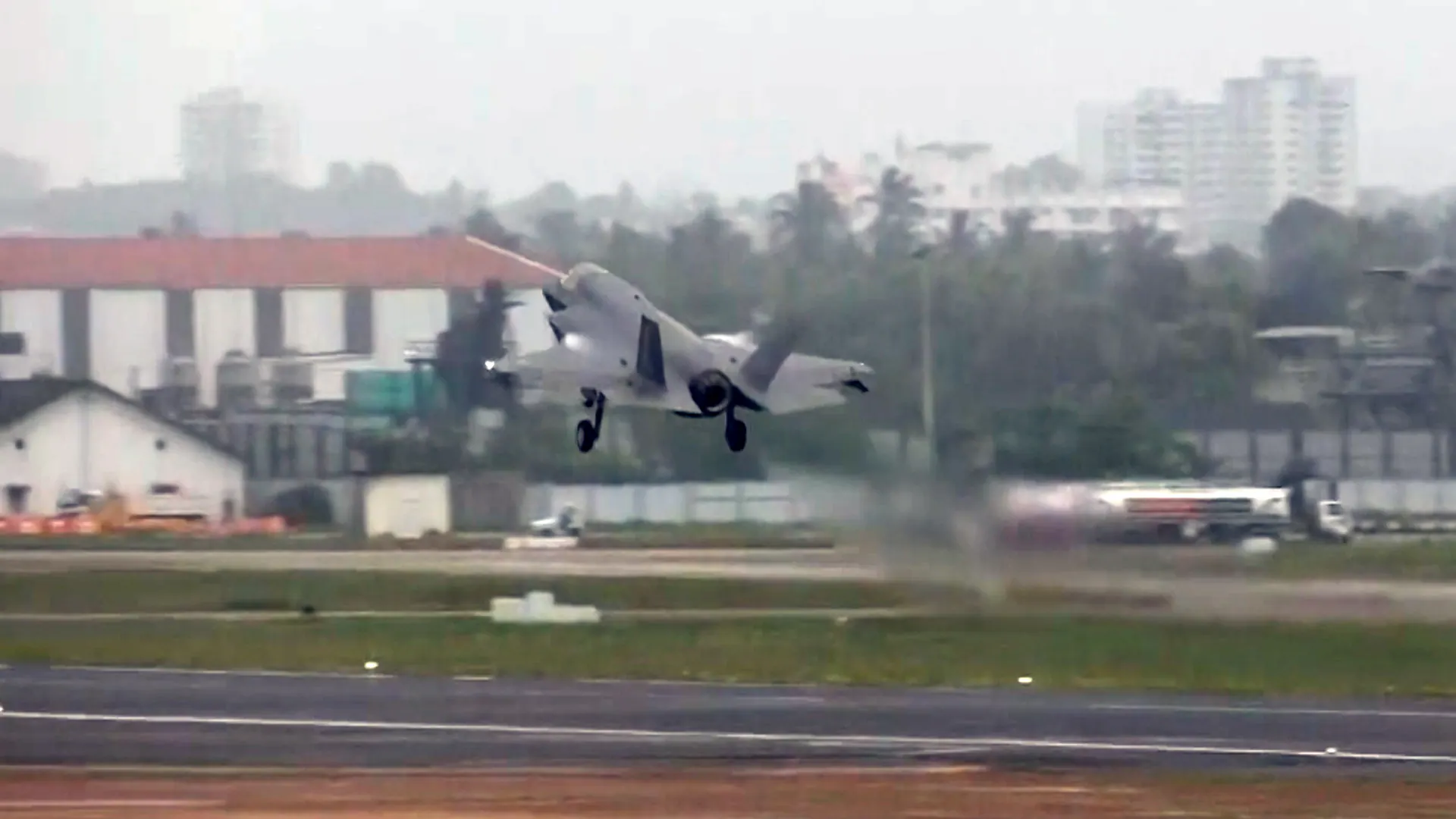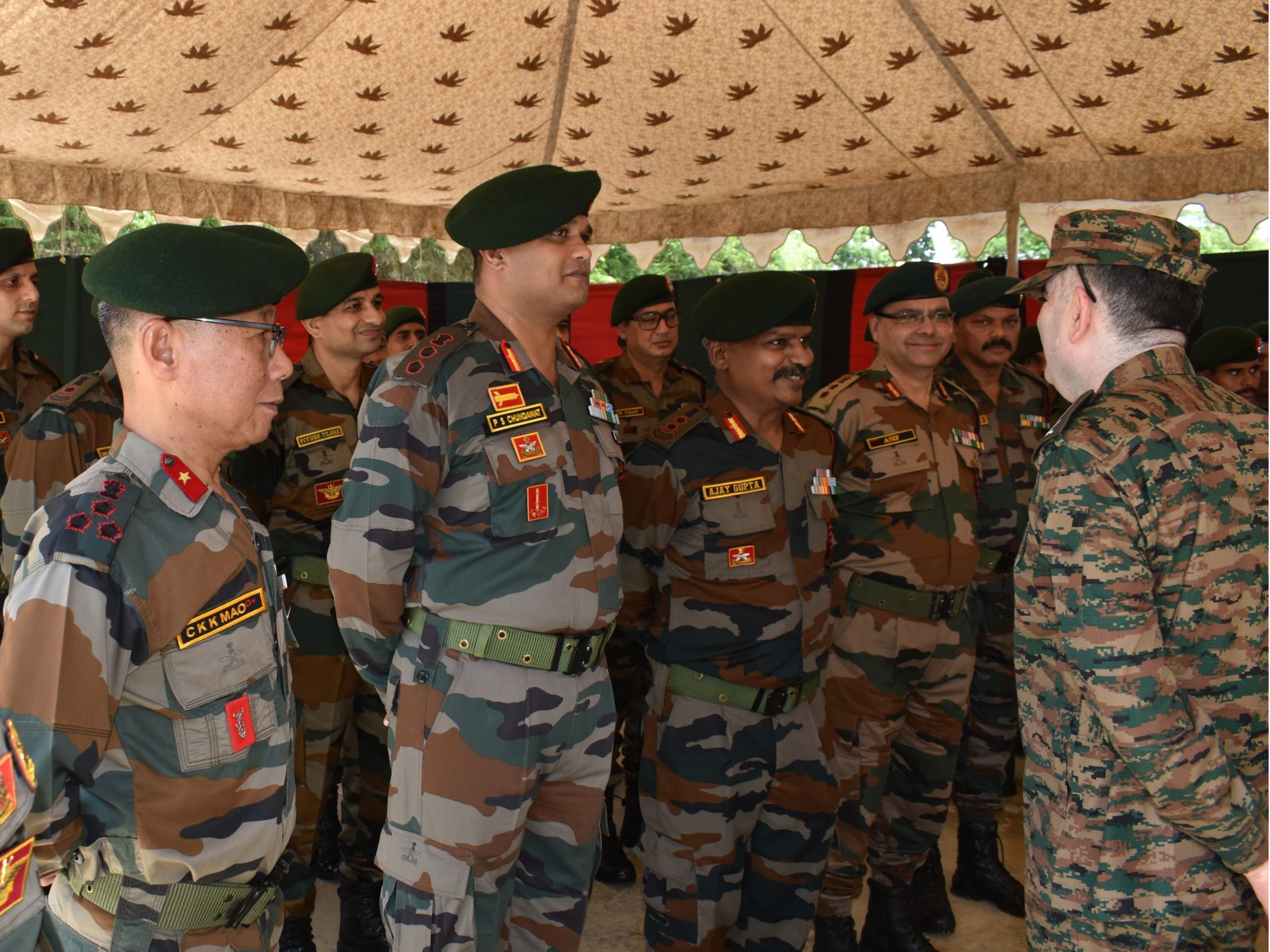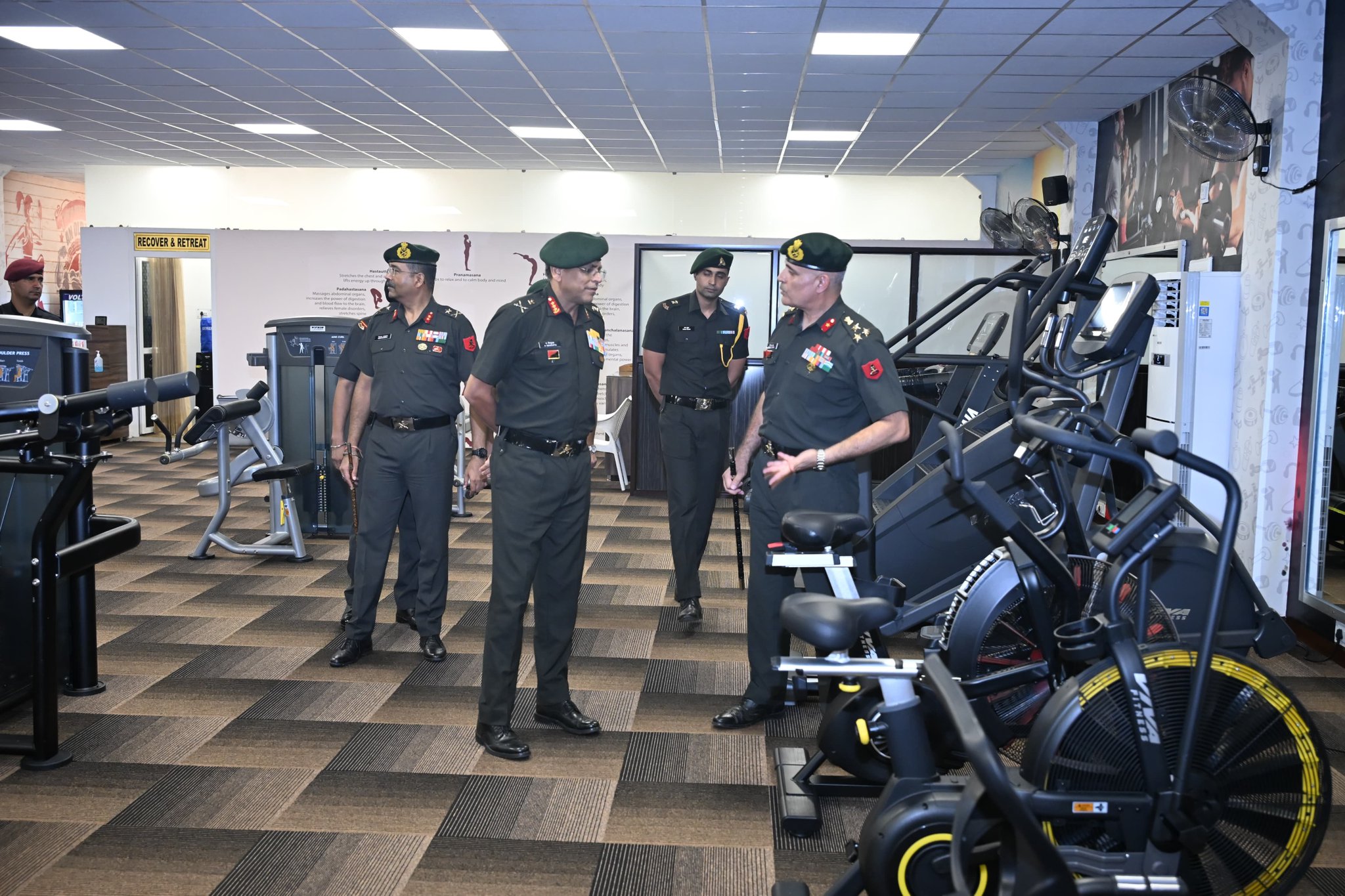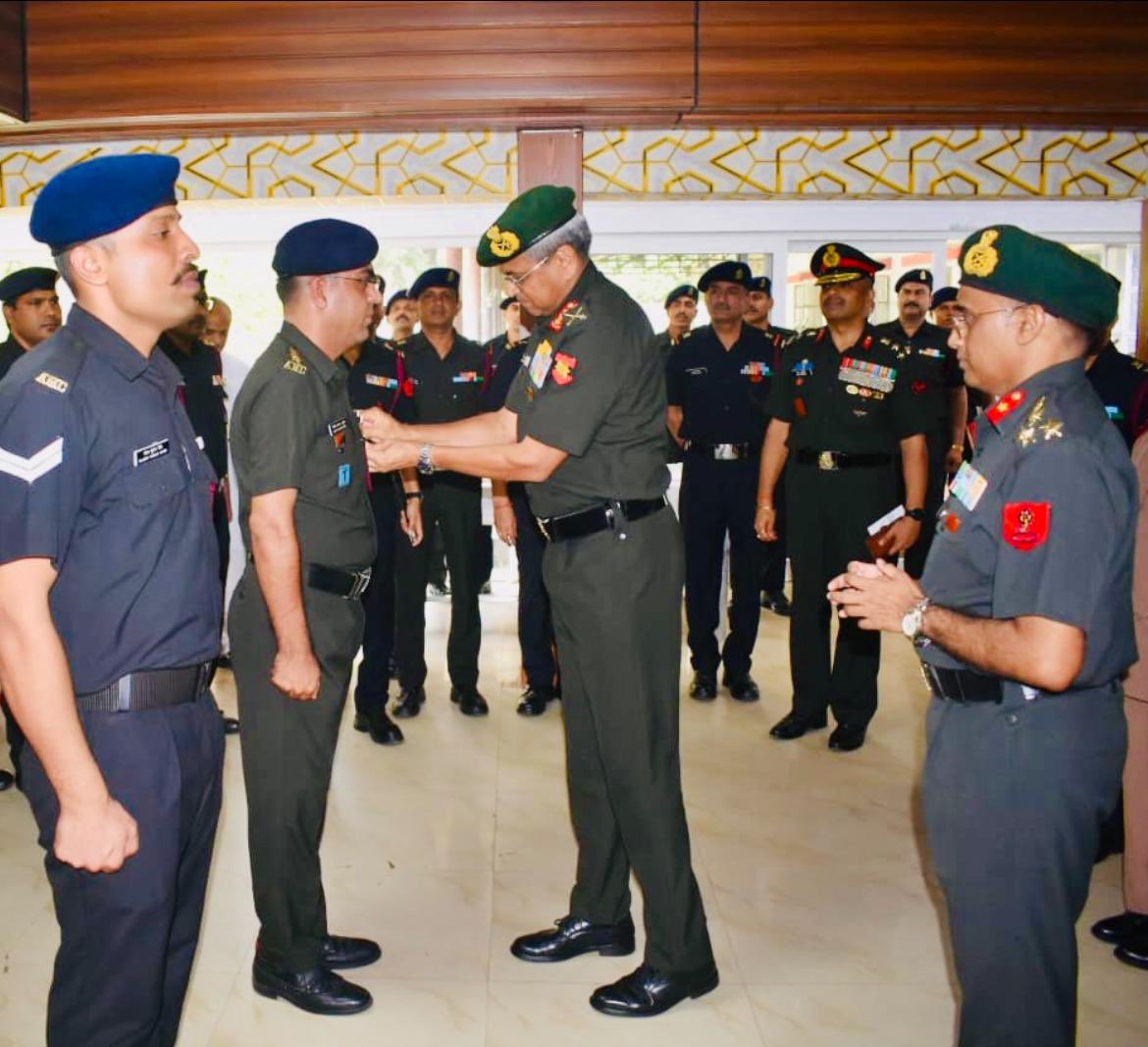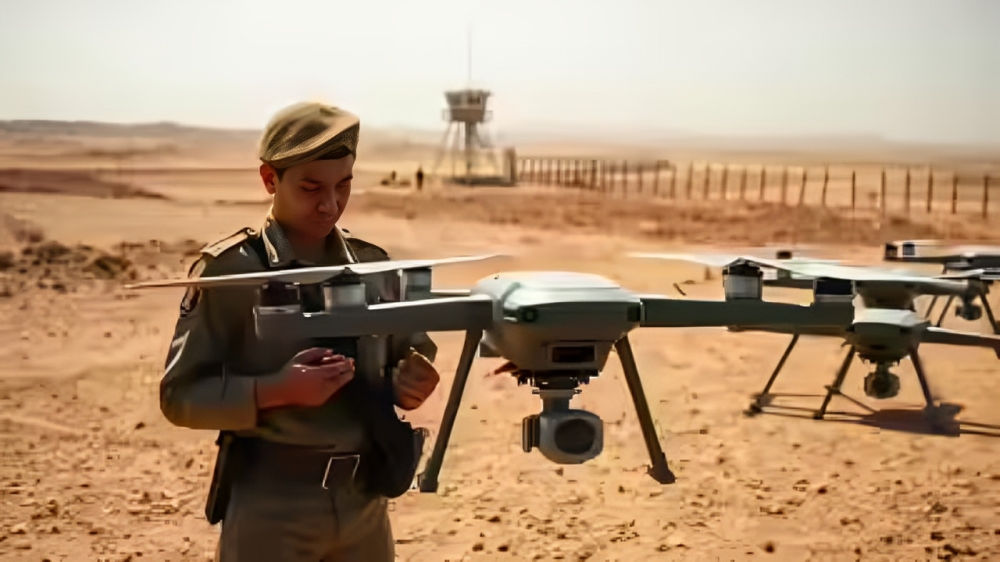F-35B Fighter Jet Departs Kerala After Emergency Stay of 5 Weeks
A British F-35B stealth fighter jet, stranded in Kerala since June 14, finally took off from Thiruvananthapuram International Airport today…
Lt Gen Abhijit S Pendharkar Reviews Assam Rifles Operations in Silchar
Lieutenant General Abhijit S Pendharkar General Officer Commanding of the Spear Corps conducted a comprehensive review of an Assam Rifles…
Indian Army Embraces Drone Warfare at Sikh Regimental Centre
The Indian Army marked a pivotal step in its modernization drive as Lieutenant General Anindya Sengupta, General Officer Commanding-in-Chief of…
Lt Gen Anindya Sengupta Commends Military Hospital Namkum for Exceptional Healthcare Services
Lieutenant General Anindya Sengupta, General Officer Commanding-in-Chief (GOC-in-C) of the Central Command, visited Military Hospital Namkum in Ranchi on July…
BSF to Raise Dedicated Drone Squadrons Along Pakistan Border After Operation Sindoor
In a major step towards enhancing India’s border security, the government has approved the formation of dedicated drone squadrons within…
Historic Medical Breakthrough at Army Hospital (R&R): Youngest Patient Successfully Treated for Guillain-Barré Syndrome
In a groundbreaking achievement, a multidisciplinary team at the Army Hospital (Research and Referral) has successfully performed therapeutic plasma exchange…

